Human resources departments serve a vital strategic role in today’s organizations. But when it comes to managing people, there are two fundamental approaches – proactive practices that anticipate issues versus reactive practices that respond to situations after they occur. Knowing when to use each is the key to effective HR management.
Proactive HR Practices
Proactive practices take a forward-thinking approach aimed at preventing problems before they happen. Here are some examples:
- Workforce Planning: Rather than waiting until shortages arise, proactive workforce planning involves forecasting future talent needs and developing real strategies to meet those needs through recruitment, training, or succession planning.
- Leadership Development: Identifying high-potential employees years before management roles open up allows time for structured development and training to build skills.
- Compensation Benchmarking: Conducting ongoing research on pay levels, instead of only reacting to demands, helps set competitive, fair pay scales across the organization.
- Change Management: When major changes are on the horizon, proactive change management includes clear communication, training, and support to smoothly guide employees through transitions.
The benefits of proactive practices include better alignment of HR and business strategy, increased retention, and reduced litigation risks. The key is taking the long view on building a talented, engaged workforce.
Reactive HR Practices
Reactive practices take a responsive approach, dealing with situations after they develop. Examples include:
- Recruiting to fill open roles only when managers request new hires due to turnover or growth needs.
- Addressing compensation issues primarily when employees complain or demand raises.
- Managing performance problems on a case-by-case basis when managers escalate issues.
- Responding to low engagement by acting after signs of sinking morale.
While reactive practices allow for flexibility, they can lead to frequent fire-drills and dissatisfaction if used alone without balance. The key is being selective about when a reactive approach makes sense.
Aim for a Balanced Approach
Most HR experts recommend a balanced approach – utilizing proactive practices to build an engaged, talented workforce, while still being reactive as needed to address spikes in turnover, sudden changes, or complaints. Providing managers and employees with responsive HR support, while also forecasting needs and heading off issues, creates an agile organization.
With both proactive and reactive tools in your toolkit, you can assess each situation and respond with the most effective approach. Your people are your most valuable asset, build HR practices that stand the test of time.



